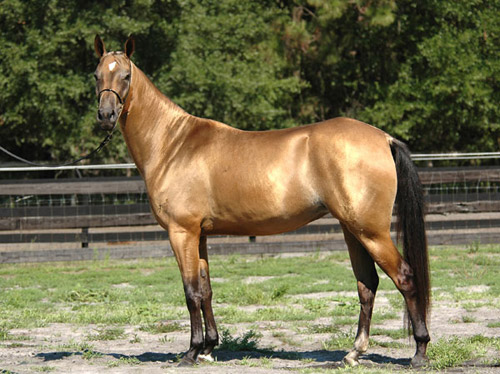Seeing traces of horses with red sweat like blood
Ancient legends of superhuman horses with perspiration like blood of 'bloodshed' are on the verge of being demonstrated after a group of Chinese archaeologists found important relics.

Akhal-Teke Horses
The group of the Archaeological Institute of Shaanxi Province (North-West China) in September 2009 discovered the bones of 80 horses in two burial pits of the Tomb of Han Wu De, the seventh emperor of the West. Han (206 BC - 24 AD) in this province. But on February 21, the archaeological group just published the research results.
They said that each cremation pit was a large pit containing 20 small pits, each of which was 'guarded' by two horses and a terracotta warrior. Tests of the bones show that they are all adult male horses. DNA testing will soon be conducted in the hope of identifying the species.
The discovery of horse bones is valued at the Han Wu De tomb, which is revitalizing China's centuries-old legend of ' Code of Hemostasis '. According to legend, Han Wudang once hung up the post-prize for anyone who could find him a pure, ' code-protected bloody ', which is believed to be present in Central Asia but rare in China.
Today, that particular breed is identified as Akhal-Teke, one of the oldest and most original breeds.
Han Wudang is considered to be the person who wrote the earliest ' Blood Coding ' in Chinese history. In a poem, he called this ' heaven horse ' (heavenly horse). It is said that the horse that Genghis Khan is also a ' blood-protecting horse '.
Han Wu De is best known as the Chinese emperor who opened the famous Silk Road, the trade route linking Asia with Europe.
The construction of Han's tomb was started in 139 BC, just a year after he was enthroned at the age of 16, and took 53 years to complete. This tomb has more than 400 burial pits, more than the tomb of Qin Shihuang.
- With sweat, you can know a lot about health and crime
- A rare rare illness caused this girl to shed blood instead of sweat
- 9 think less people know about sweat
- Ambition to create a race of asexual horses
- The wild horse Przewalski echoes the prairie
- Investigating crimes through traces of perspiration
- Interesting facts about horses
- Small horses like ... cats
- Interesting things of horses
- Why do some people sweat more than others?
- US research uniform 'super smart'
- Wild horses
 Discovered an ancient centipede fossil 99 million years old
Discovered an ancient centipede fossil 99 million years old Discovered bat-like dinosaurs in China
Discovered bat-like dinosaurs in China Discovered a 200-year-old bronze cannon of the coast
Discovered a 200-year-old bronze cannon of the coast Discover 305 million-year-old spider fossils
Discover 305 million-year-old spider fossils